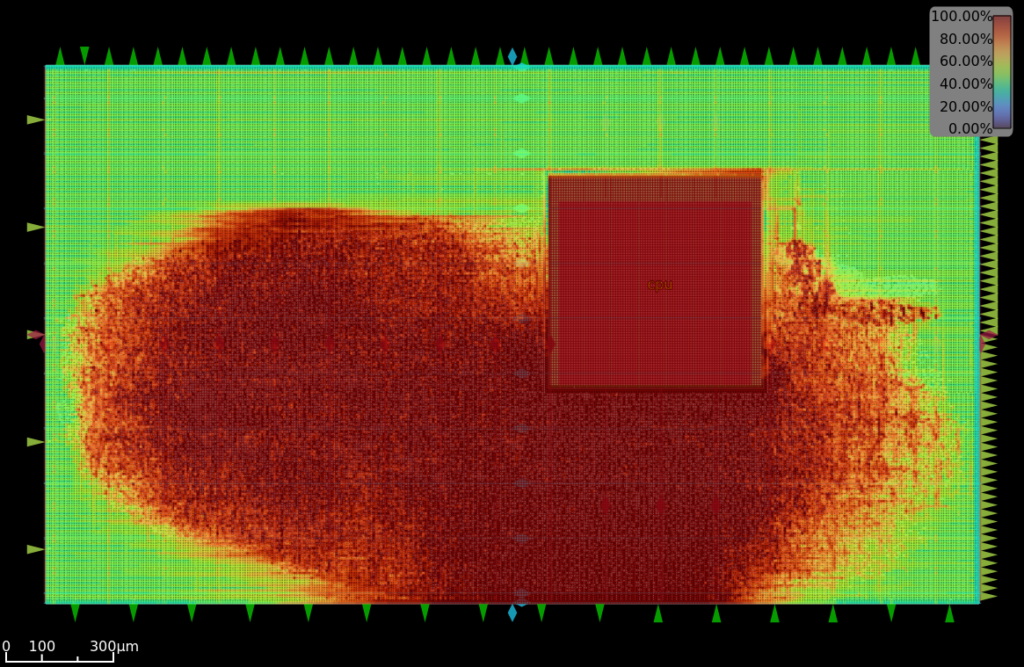RISC V Architecture The Open Source Chipset Gaining Momentum is not just a technological advancement; it represents a significant shift in how we perceive chipset development. With an open-source foundation, RISC V is empowering innovators and developers worldwide to design customized solutions, fostering a collaborative environment that breaks traditional barriers in the chipset industry.
This architecture’s flexibility and adaptability are paving the way for a new era of computing, where accessibility meets performance. As various industries begin to harness the potential of RISC V, its momentum continues to grow, attracting a diverse range of applications from consumer electronics to high-performance computing.
In today’s fast-paced digital world, the realm of technology is continually evolving, shaping the way we interact, communicate, and conduct business. This evolution has led to the rapid emergence of various trends and innovations, all of which significantly impact our daily lives. In this article, we’ll explore some of the most prominent technology trends that are reshaping our world and the implications they hold for the future.One of the most noteworthy trends is the rise of artificial intelligence (AI) and machine learning.
AI has moved beyond the realm of science fiction into practical applications that enhance our lives. From virtual assistants like Siri and Alexa to sophisticated algorithms that power recommendation systems on platforms like Netflix and Amazon, AI has become an integral part of our daily routines. Furthermore, industries such as healthcare are harnessing AI to improve diagnostics, personalize treatment plans, and streamline administrative processes.As AI continues to advance, concerns about ethical implications and job displacement are becoming more prominent.
The fear that machines will replace human workers is valid, but it is essential to recognize that AI also creates new job opportunities, particularly in fields related to data science, AI ethics, and machine learning development. The key to navigating this transition lies in education and reskilling the workforce to adapt to these technological advancements.Another significant trend is the Internet of Things (IoT), which refers to the interconnection of everyday devices through the internet.
Smart home technology, such as connected thermostats, security cameras, and kitchen appliances, has made it easier than ever for individuals to monitor and control their living environments. On a larger scale, IoT is revolutionizing industries like agriculture, where farmers can utilize sensors to monitor crop health and optimize resource use, ultimately leading to more sustainable practices.However, the proliferation of IoT devices comes with its own set of challenges, primarily concerning security and privacy.
As more devices become interconnected, the potential for cyberattacks increases. Ensuring robust security measures and educating users on best practices will be essential in minimizing risks associated with IoT adoption.Next, we cannot discuss technology trends without mentioning blockchain technology. Originally developed as the underlying technology for cryptocurrencies like Bitcoin, blockchain is now being explored for various applications beyond finance. Its decentralized nature offers a secure and transparent way to store and transfer data, making it appealing to industries such as supply chain management, healthcare, and even voting systems.By utilizing blockchain, organizations can enhance transparency and traceability, which is particularly crucial in supply chains.
For example, consumers can verify the origins of products, ensuring ethical sourcing and authenticity. Additionally, in the healthcare sector, blockchain can facilitate secure sharing of patient data among providers while maintaining patient privacy.As we delve deeper into the digital age, the rise of remote work is another trend that has gained immense traction, fueled by the COVID-19 pandemic. Remote work was already on the rise before the pandemic, but it has now become a mainstream practice for many organizations.
The shift towards remote work has led to the adoption of various collaboration tools and platforms, such as Zoom, Slack, and Microsoft Teams, which enable teams to communicate and collaborate effectively, regardless of their physical location.While remote work offers numerous benefits, including flexibility and reduced commuting time, it also poses challenges. Issues such as work-life balance, isolation, and potential burnout have emerged as significant concerns for remote workers.
Companies must prioritize employee well-being and create supportive environments that foster collaboration and connection, even in virtual settings.Moreover, the trend toward sustainability is becoming increasingly important in the tech industry. As awareness of climate change and environmental issues grows, consumers are demanding more sustainable practices from companies. Tech giants are responding by investing in renewable energy sources, sustainable materials for product manufacturing, and greener supply chain practices.

The focus on sustainability is not only beneficial for the environment but can also lead to cost savings and improved brand loyalty among consumers.The emergence of 5G technology is another exciting development that promises to transform the way we connect and interact. With faster download speeds and lower latency, 5G enables seamless streaming, enhanced gaming experiences, and the potential for advancements in technologies like augmented reality (AR) and virtual reality (VR).
The increased bandwidth provided by 5G will support the growing number of connected devices, further propelling the IoT trend.As we embrace these technological advancements, it’s crucial to consider the implications they hold for society. Digital literacy and access to technology are fundamental for ensuring that all individuals can thrive in this evolving landscape. Bridging the digital divide will require collaboration between governments, educational institutions, and private sector organizations to provide resources and training for underserved communities.In conclusion, the technology trends shaping our world are vast and varied, each presenting unique opportunities and challenges.
From AI and IoT to blockchain and remote work, these advancements are redefining how we live and work. As we move forward, it will be essential to prioritize ethical considerations, sustainability, and digital inclusivity to create a future where technology enhances our lives while addressing the pressing issues facing society today. Embracing these changes with an open mind and a proactive approach will enable us to navigate the complexities of the digital age and harness technology’s full potential for a brighter future.



